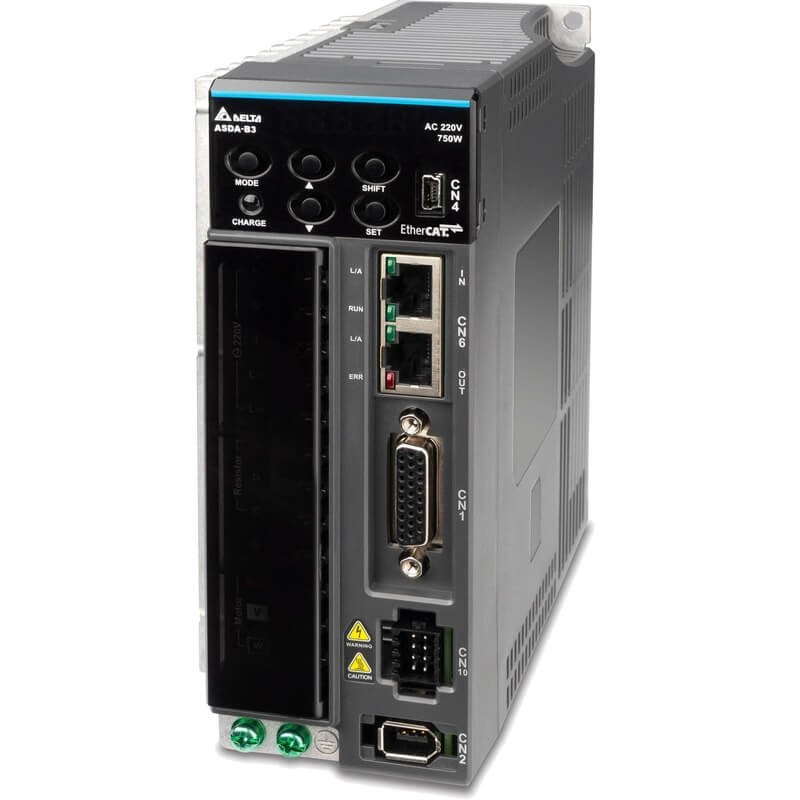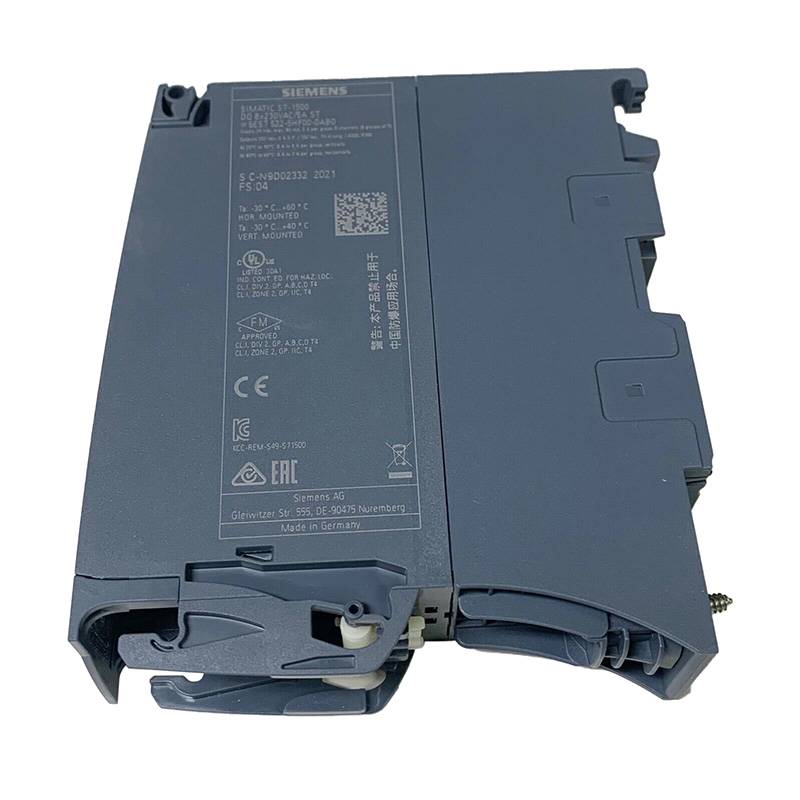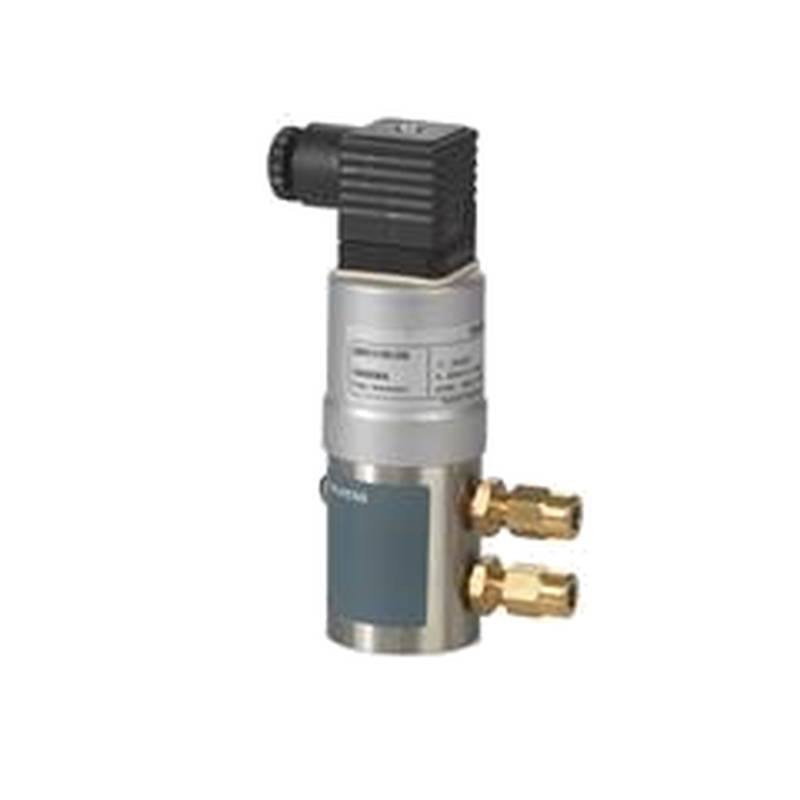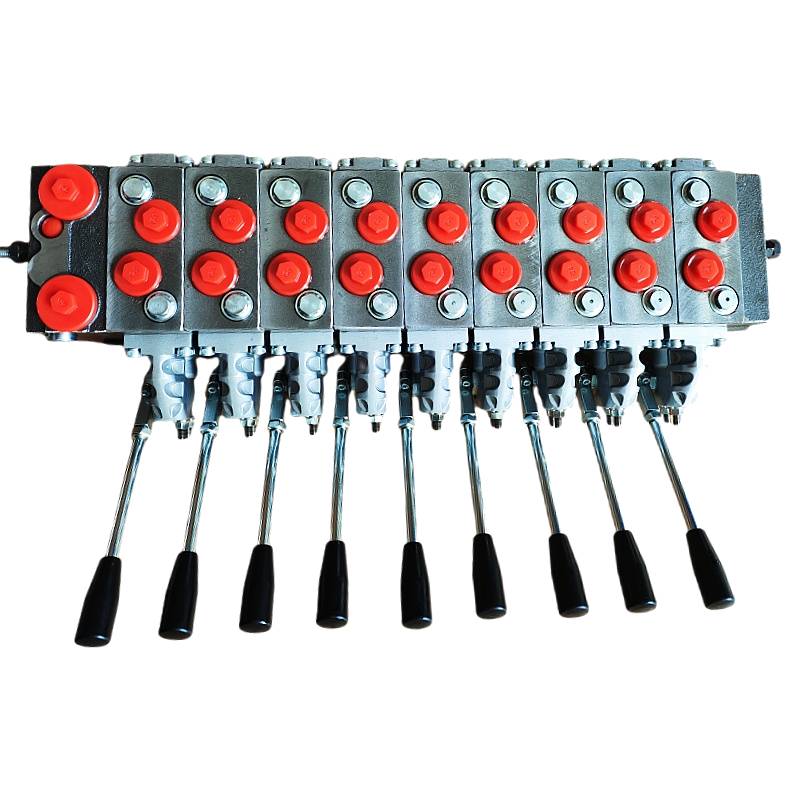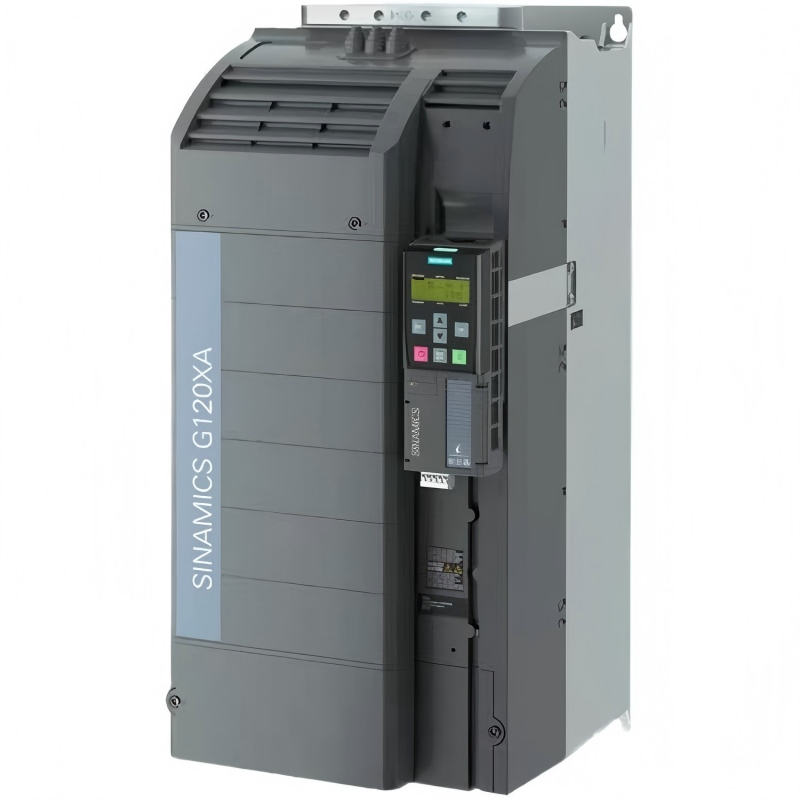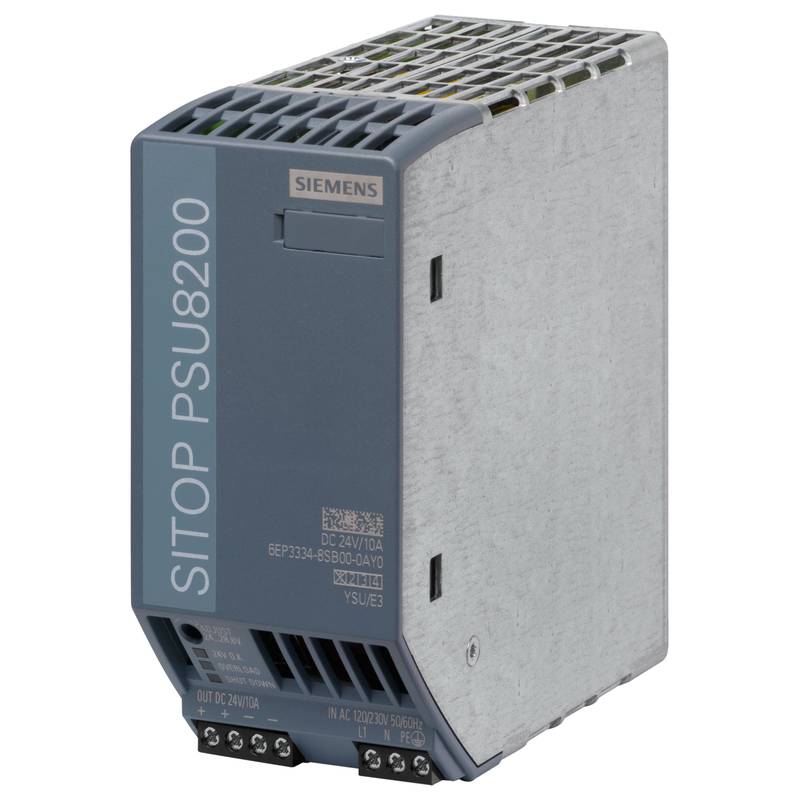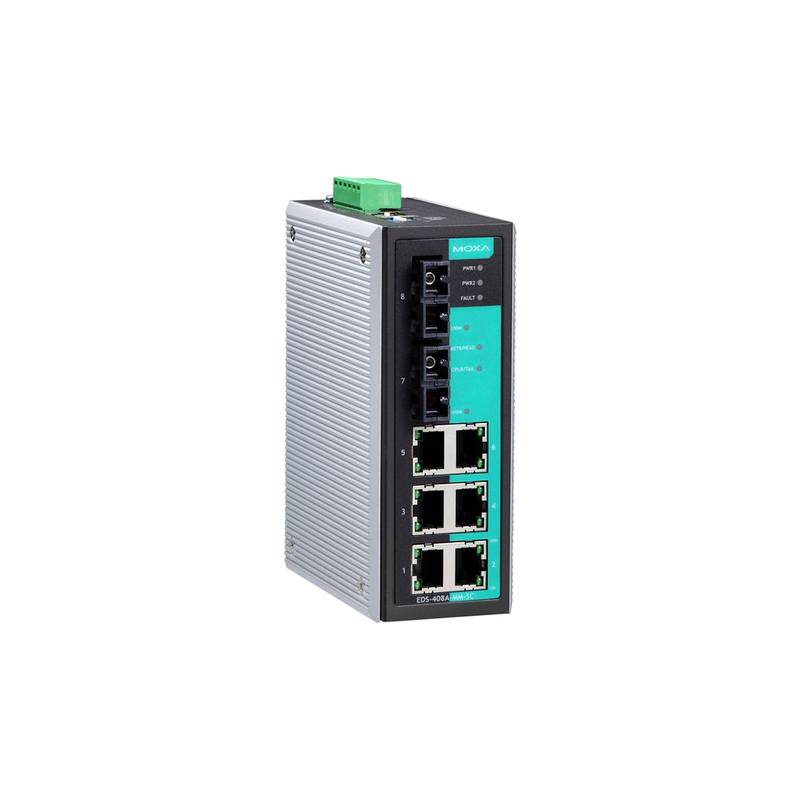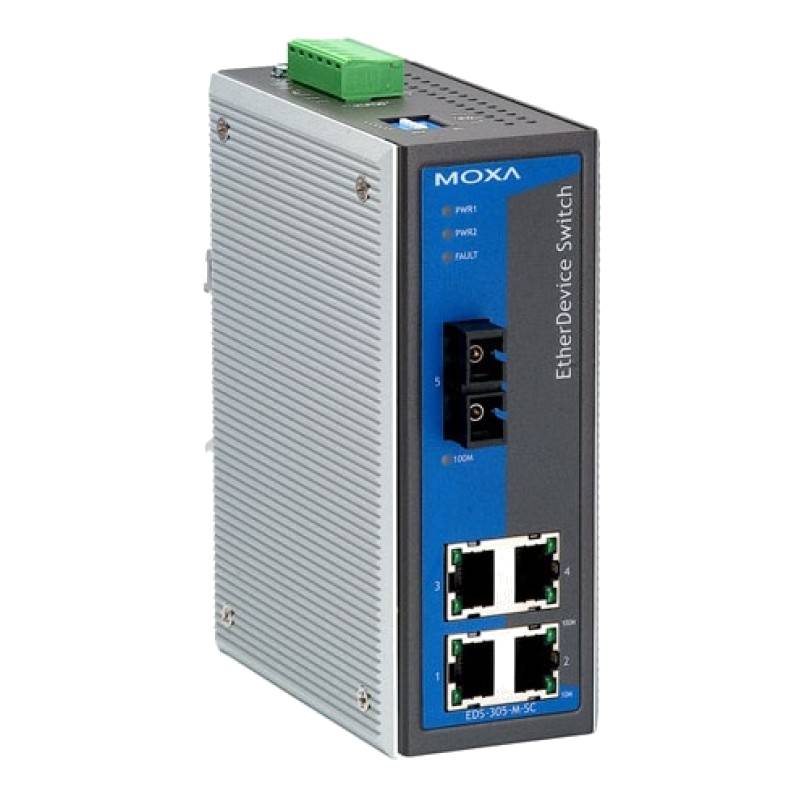
The Delta ASD-B3-2043-E High Inertia Servo Drive is engineered for demanding industrial automation tasks, offering robust performance and precise control for heavy load applications. This servo drive excels in scenarios requiring significant torque and stability, such as in packaging machinery, material handling systems, and large-scale robotics. Its advanced features ensure reliable operation and facilitate seamless integration into complex automation environments. Key technical specifications include a wide voltage input range, high current output capabilities, and advanced control algorithms designed for high inertia loads. The drive's robust design and comprehensive protection mechanisms make it a dependable choice for mission-critical operations.
Product Specifications
| Feature | Specification |
| :--------------------- | :------------------------------------------------ |
| Model | ASD-B3-2043-E |
| Input Voltage | 200-240V AC (3-phase) |
| Output Power | 4.5 kW |
| Rated Output Current | 22 A |
| Peak Output Current | 44 A |
| Encoder Support | Incremental, Absolute (various protocols) |
| Control Modes | Position, Velocity, Torque |
| Communication Interfaces | EtherNet/IP, Modbus TCP, RS-485 |
| Ingress Protection | IP20 |
| Operating Temperature | 0°C to 55°C |
| Dimensions (H x W x D) | 260mm x 170mm x 205mm |
Core Features & Market Positioning
The Delta ASD-B3-2043-E distinguishes itself through its specialized design for high inertia applications, a segment often underserved by standard servo drives. Its advanced DSP (Digital Signal Processor) control architecture enables superior dynamic response and precise motion control, even when confronting significant inertial variations. This drive integrates seamlessly with Delta's ASDA-B3 series servo motors, creating a high-performance motion control solution optimized for demanding tasks. Market positioning focuses on providing industrial automation professionals with a reliable, high-torque servo drive that enhances productivity and operational efficiency in heavy-duty environments. Its robust construction and advanced protective features, including overcurrent, overvoltage, and over-temperature protection, underscore its suitability for rigorous industrial settings.
Key Application Scenarios
This servo drive finds extensive use in applications where consistent torque and precise positioning are paramount, particularly with large masses. Industries such as printing and packaging rely on the ASD-B3-2043-E for high-speed, accurate movements in automated folding, cutting, and material feeding operations. In logistics and material handling, it powers conveyor systems, automated guided vehicles (AGVs), and robotic pick-and-place systems that require the strength to move heavy payloads smoothly. Furthermore, its capability to handle high inertia makes it ideal for large robotic arms used in manufacturing, assembly lines, and heavy industry, ensuring stable and controlled motion during complex trajectories.
Practical System Integration Guidance
Integrating the Delta ASD-B3-2043-E into an automation system involves careful consideration of motor selection, wiring, and communication protocols. Users should ensure the selected Delta ASDA-B3 series servo motor's inertia ratio is compatible with the drive's capabilities, typically up to 100 times the motor's rotor inertia. Proper wiring is crucial; the drive requires a stable 3-phase AC power supply and direct connection to the servo motor using shielded cables to prevent electromagnetic interference. For digital I/O, standard PLC signals can be used for basic control, while industrial Ethernet protocols like EtherNet/IP or Modbus TCP facilitate advanced integration with PLCs and HMIs for complex motion profiling and diagnostics. Configuration typically involves setting motor parameters, control mode, and communication settings via Delta's dedicated servo tuning software.
Operation and Risk Mitigation
Safe and effective operation of the Delta ASD-B3-2043-E necessitates adherence to safety guidelines and awareness of potential operational issues. Always ensure the servo drive is properly grounded and that all safety interlocks are functional before powering up the system. During operation, monitor drive status and motor performance to detect any anomalies early. Common error codes, such as E.01 (Over-current) or E.06 (Encoder fault), often indicate issues with motor wiring, load conditions, or encoder feedback. Troubleshooting involves consulting the user manual for specific code explanations and implementing corrective actions, which may include verifying connections, reducing load, or checking motor integrity. Regular maintenance, including dust removal from ventilation areas, ensures optimal thermal management and prevents operational failures.
Scalability & Long-Term Value
The Delta ASD-B3-2043-E is designed for scalability, allowing for expansion of automation systems by integrating multiple drives or upgrading to more advanced configurations. Its compatibility with various encoder types and support for multiple industrial communication protocols ensures it can interface with a wide range of PLCs and automation components, both current and future. This interoperability facilitates the creation of modular systems that can be easily modified or expanded as production needs evolve. Furthermore, Delta's commitment to IIoT integration means these drives can be part of a broader smart manufacturing ecosystem, enabling remote monitoring, predictive maintenance, and data-driven optimization, thereby enhancing long-term operational value and return on investment.
Frequently Asked Questions
What are the primary advantages of the Delta ASD-B3-2043-E for heavy load applications?
It offers superior torque and stability for large inertial loads. The drive's advanced DSP control ensures precise motion. Its robust design enhances reliability in demanding environments.
What technical specifications are critical for selecting this servo drive?
Input voltage range (200-240V AC 3-phase) is crucial. Output power (4.5 kW) and current ratings (22A continuous) are vital. Encoder compatibility and supported communication interfaces are key for integration.
How does the ASD-B3-2043-E differ from standard servo drives in handling high inertia?
It employs specialized algorithms for high inertia loads. This allows for faster response and better stability. It prevents oscillation and improves positioning accuracy significantly.
Which industries commonly benefit from the Delta ASD-B3-2043-E servo drive?
Packaging and printing industries use it for precise material handling. Logistics and warehousing benefit from its use in AGVs. Large robotics in manufacturing also utilize its capabilities.
What are the recommended steps for system integration with the ASD-B3-2043-E?
Verify motor inertia ratio and select compatible motors. Ensure proper shielded cable wiring for power and feedback. Configure control parameters and communication settings via software.
What are common error codes associated with this servo drive, and what do they signify?
E.01 indicates an over-current fault, possibly due to overload. E.06 signifies an encoder fault, requiring feedback connection checks. Other codes relate to voltage or thermal issues.
How can users ensure safe operation and mitigate risks when using this servo drive?
Implement proper grounding and functional safety interlocks. Monitor drive and motor performance during operation. Follow manual procedures for troubleshooting and maintenance.
What kind of encoder feedback does the Delta ASD-B3-2043-E support?
It supports incremental encoders for basic positioning feedback. It also handles absolute encoders for advanced position retention. Various communication protocols for encoders are compatible.
Can the Delta ASD-B3-2043-E be integrated into IIoT platforms for smart manufacturing?
Yes, its communication interfaces enable IIoT integration. This allows for remote monitoring and data analysis. It supports smart manufacturing initiatives.
What is the typical inertia ratio the ASD-B3-2043-E can effectively handle?
The drive is designed to handle inertia ratios up to 100:1. This means the load inertia can be 100 times the motor's rotor inertia. This capability is key for heavy loads.














